Convection: Transferring Heat Energy from the Sun Reading Passage and Lab
Image
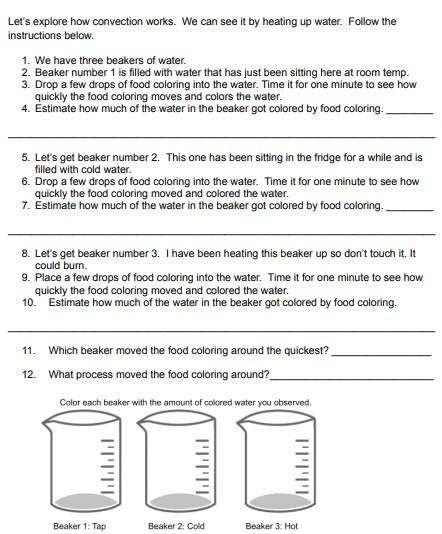
This educational resource is designed to introduce students to the concept of convection and how it moves heat energy from the sun to different places.

This educational resource is designed to introduce students to the concept of convection and how it moves heat energy from the sun to different places.
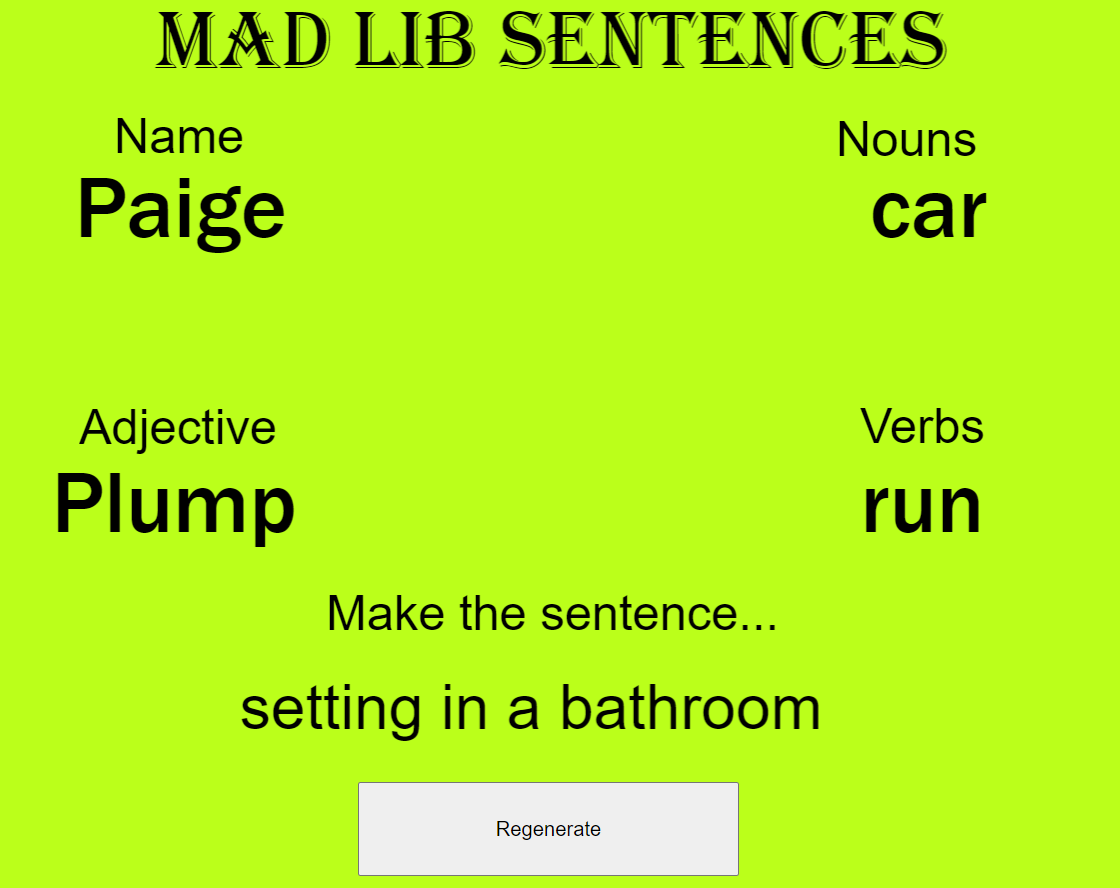
I created this program to generate unlimited opportunities to create sentences using names, nouns, adjectives, and verbs. Just click the "Regenerate" button and new names, nouns, adjectives, and verbs will be generated. Students then have to come up with a sentence that uses all of the words. I also added a variable to the mix. It causes students to also add parts to their sentences like setting, emotions, tense, singular vs. plural, figurative language concepts, rhymes, and prefixes/suffixes. I usually play if I find 10 minutes at the end of a writing time.
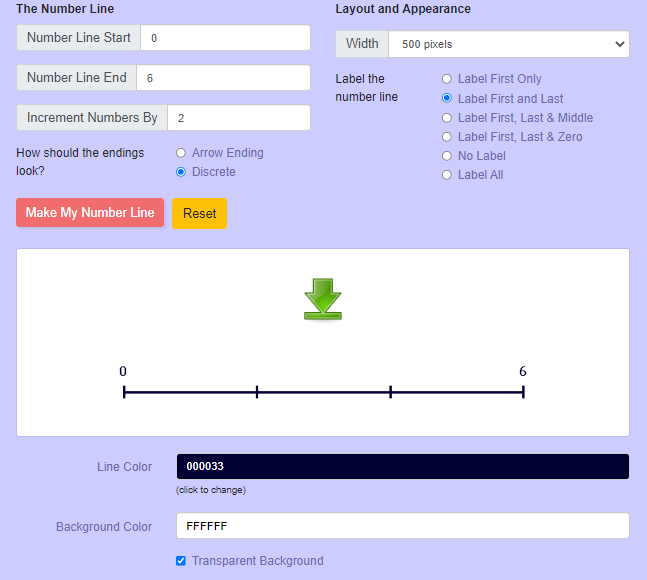
This is a simple number line make that allows teachers to generate custom number lines Below are some examples of number lines that can be created.


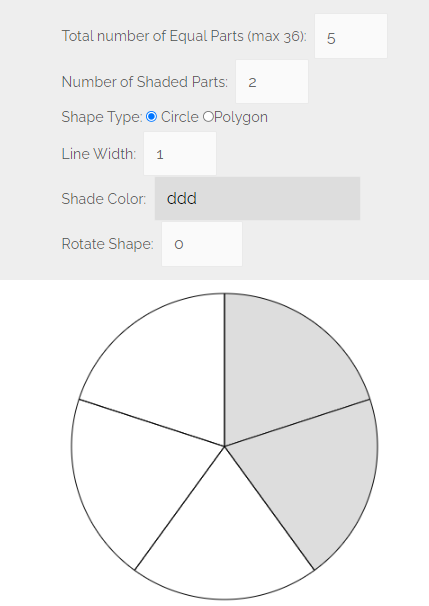
This web tool can allow teachers to build images that represent fractions of circles/pies or polygons. It is simple to use. Just say how many equal parts you want represented and then how many parts to shade. You can also determine the line width, shade color and rotake the shape. Once finished take a screen show of the picture or right click and save the image.
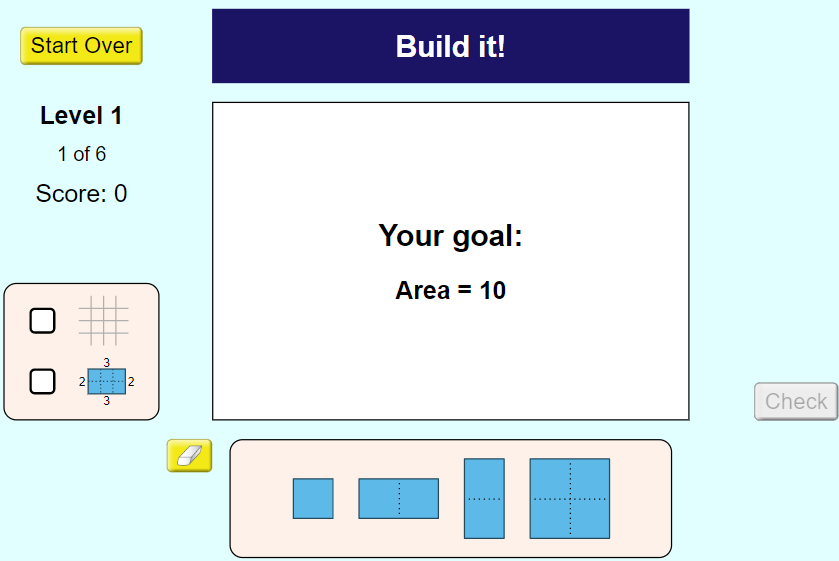
In this activity, students will first begin by exploring area and perimeter. Tell your students to make a shape that has a specific area or perimeter and then give them time to explore and create. As you go, make the math challenges more difficult. When they have had a chance to explore, have them play the game. The challenge is to see how many levels they can complete. Keep in mind that the last level is unique in that students now have to create a shape with a specific area while creating fraction of shaded color like the second image below.
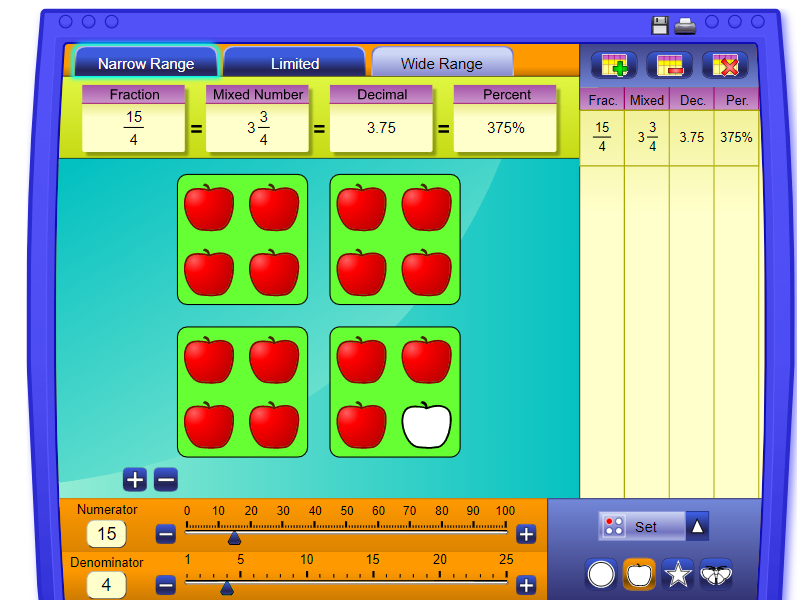
This website allows students and teachers to visually explore fractions and how they relate to mixed numbers, decimals and percents. You can set it up by area, region or sets of items. Once you select a fraction it will then demonstrate to students how that relates to mixed numbers, decimals and percents.

When my 3rd grade students are learning to read measurements to the quarter inch, I use this game. Most kids get really into it. As students get the measurement correct, the timer goes faster and faster. You can change the settings to display rulers the measure just the inch, half inch, quarter inch, sixteenth inch, thirty-two seconds of an inch and even sixty-four seconds of an inch.
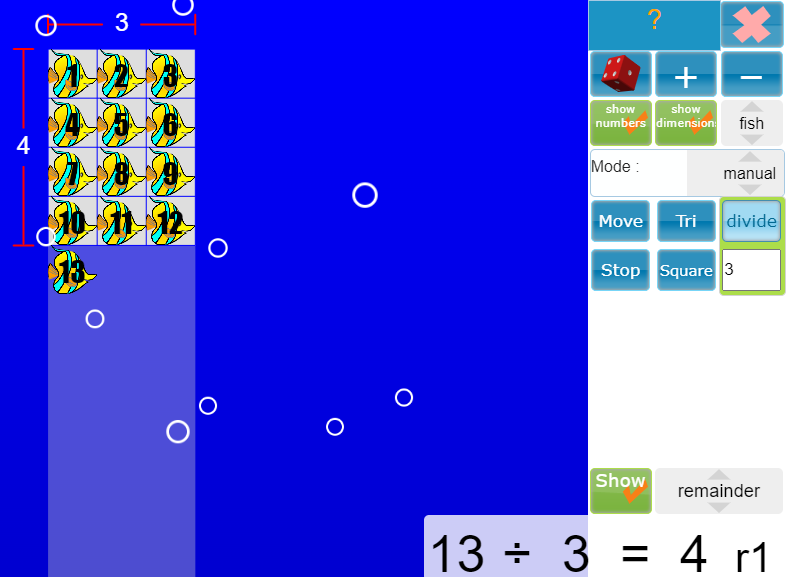
Teachers can create arrays and visually show how division works. Using the program students can also work on estimation, factoring, remainders, and fractions that all deal with division. Factor Pairs and Prime factors can also be shown. Teachers can use this to show why some numbers are perfect squares and some are perfect triangles. Watch the video to show how to change and use this number explorer with students.
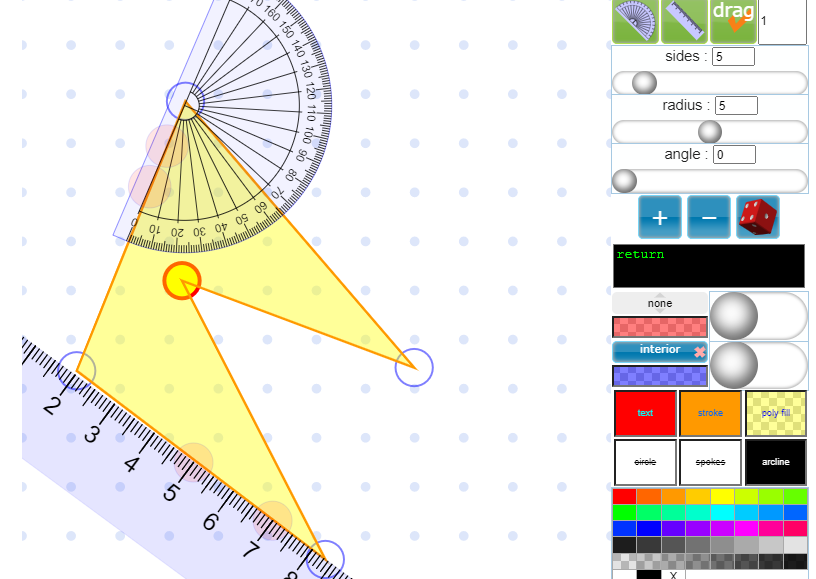
Show students how to use protractors and ruler in this interactive website. Teachers can also easily show polygons and quadrilaterals. Shape color size, and angle are easily changed from one shape to another. You can use this shapes website to show interior and exterior angles. Arcs can also be manipulated.
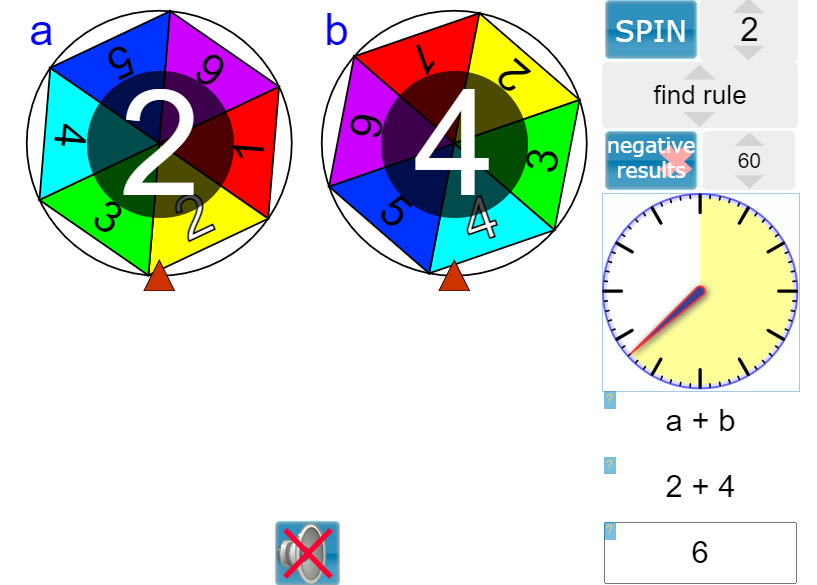
This website gives teachers the ability to quickly create random numbers that can be used for adding, subtracting, multiplying, dividing, order of operations, finding rules, and learning to substitute values. The spinners can be used with 2 to 12 sections in each spinner. You can have up to 4 spinners. It also contains a timer in which you can quickly turn the spinners into fun and visual activities. Watch the Youtube Video on using the spinners to see how it can be used.